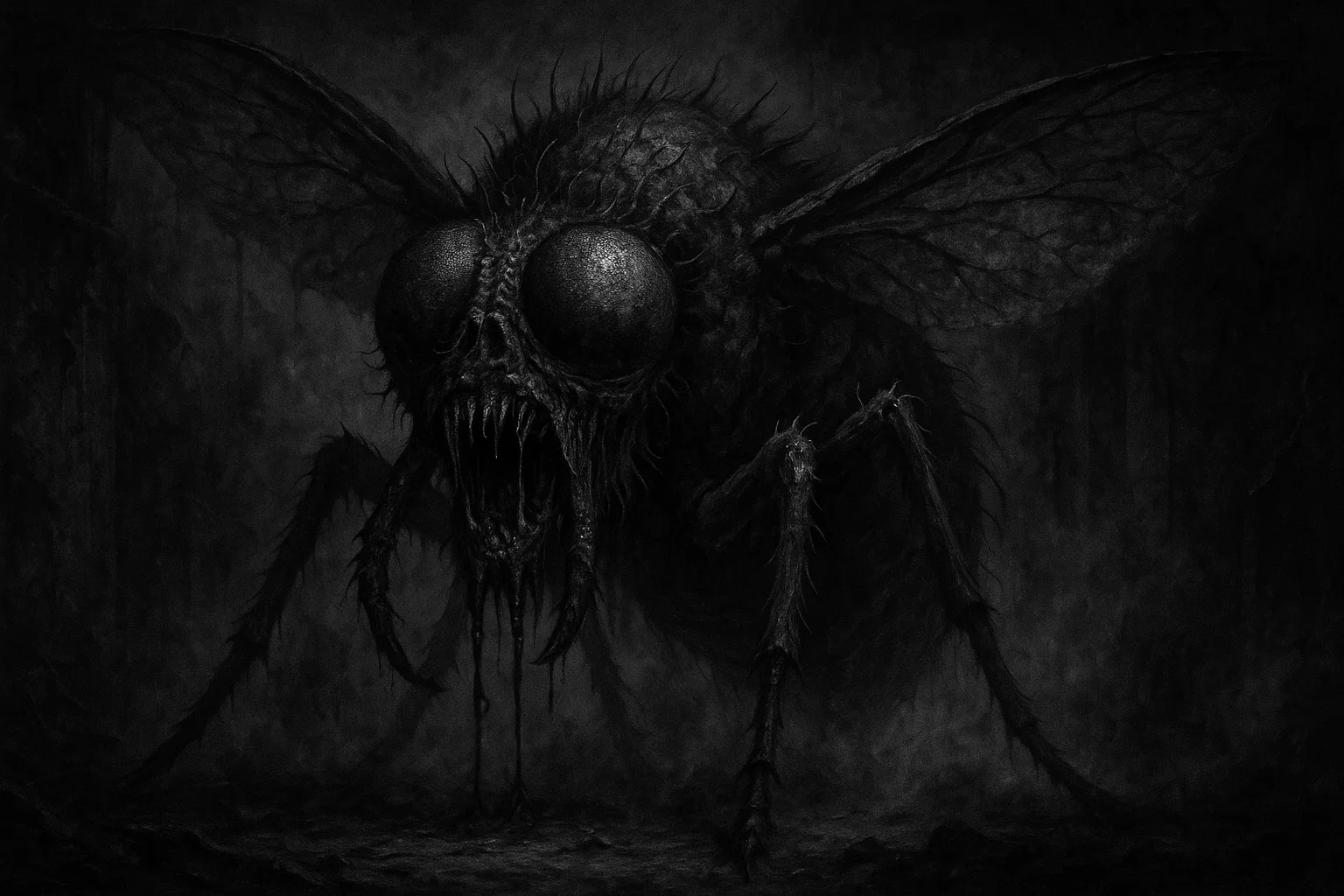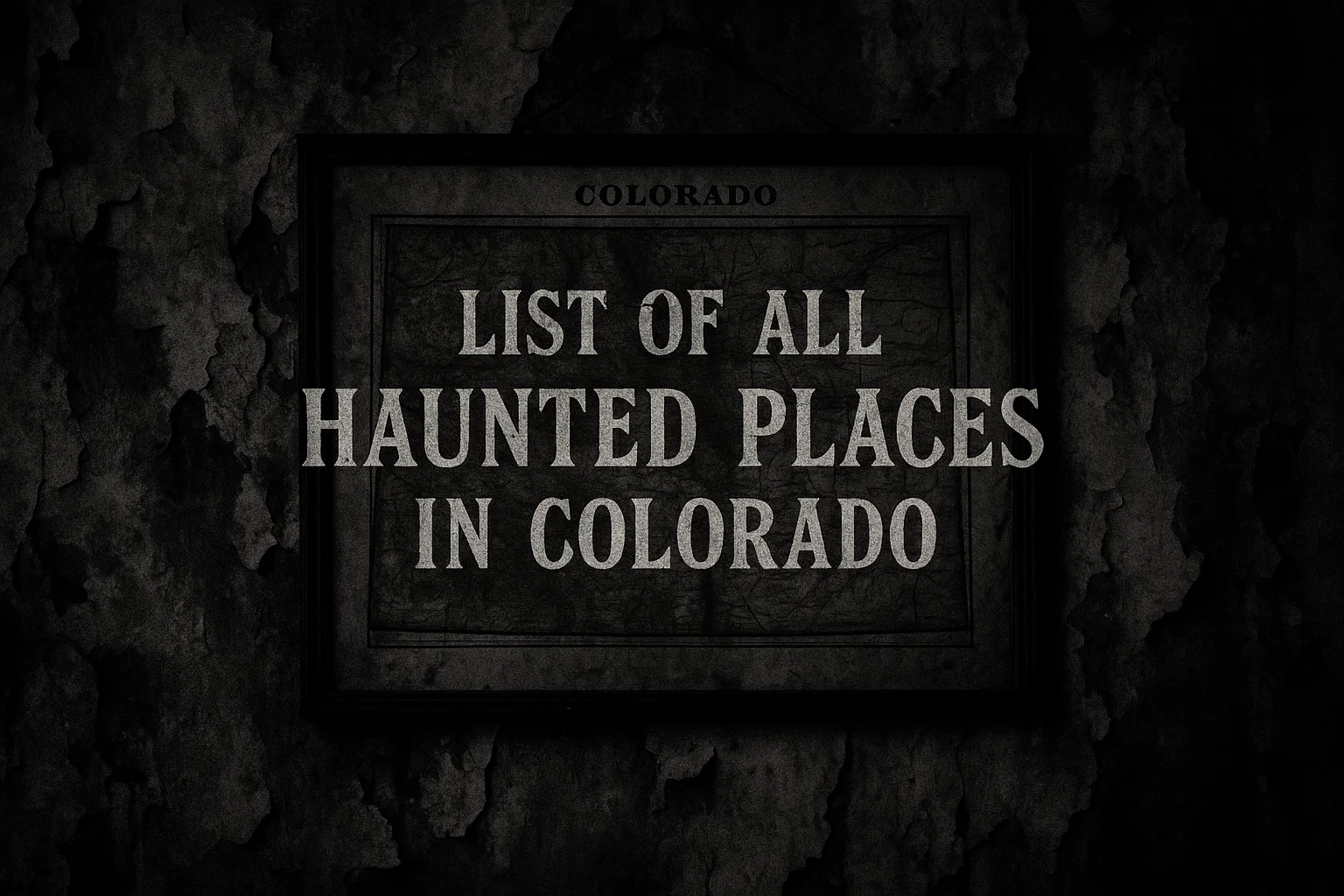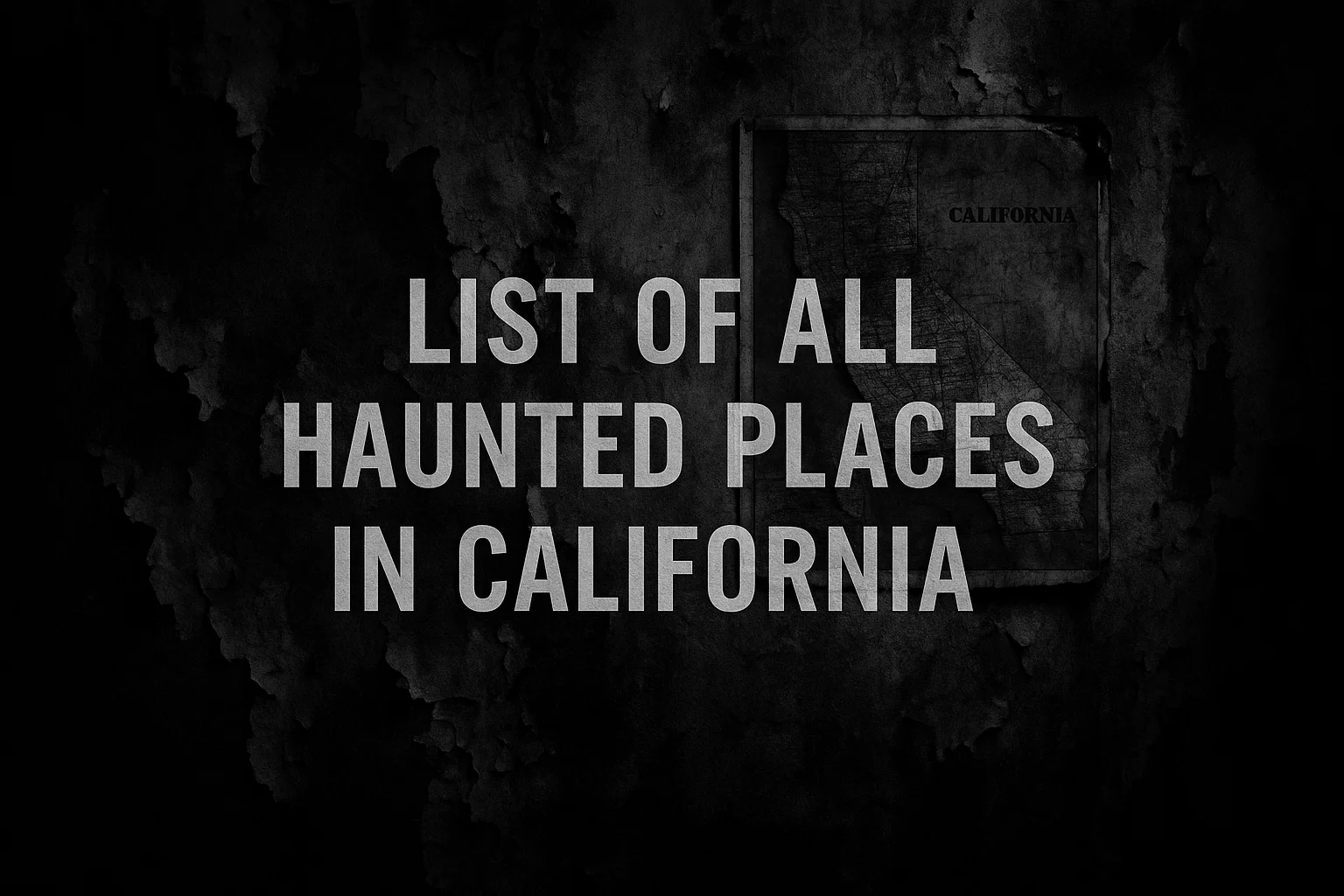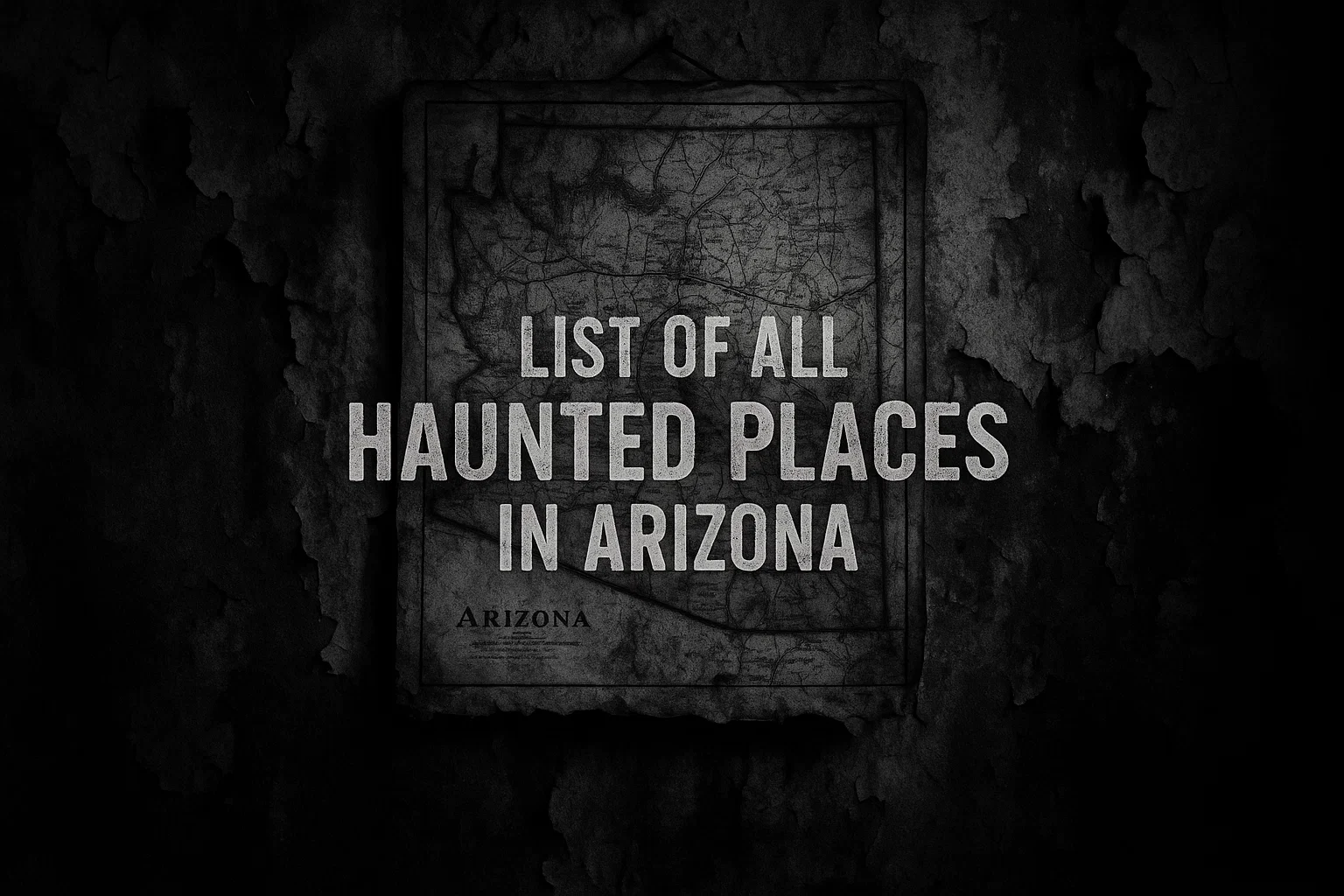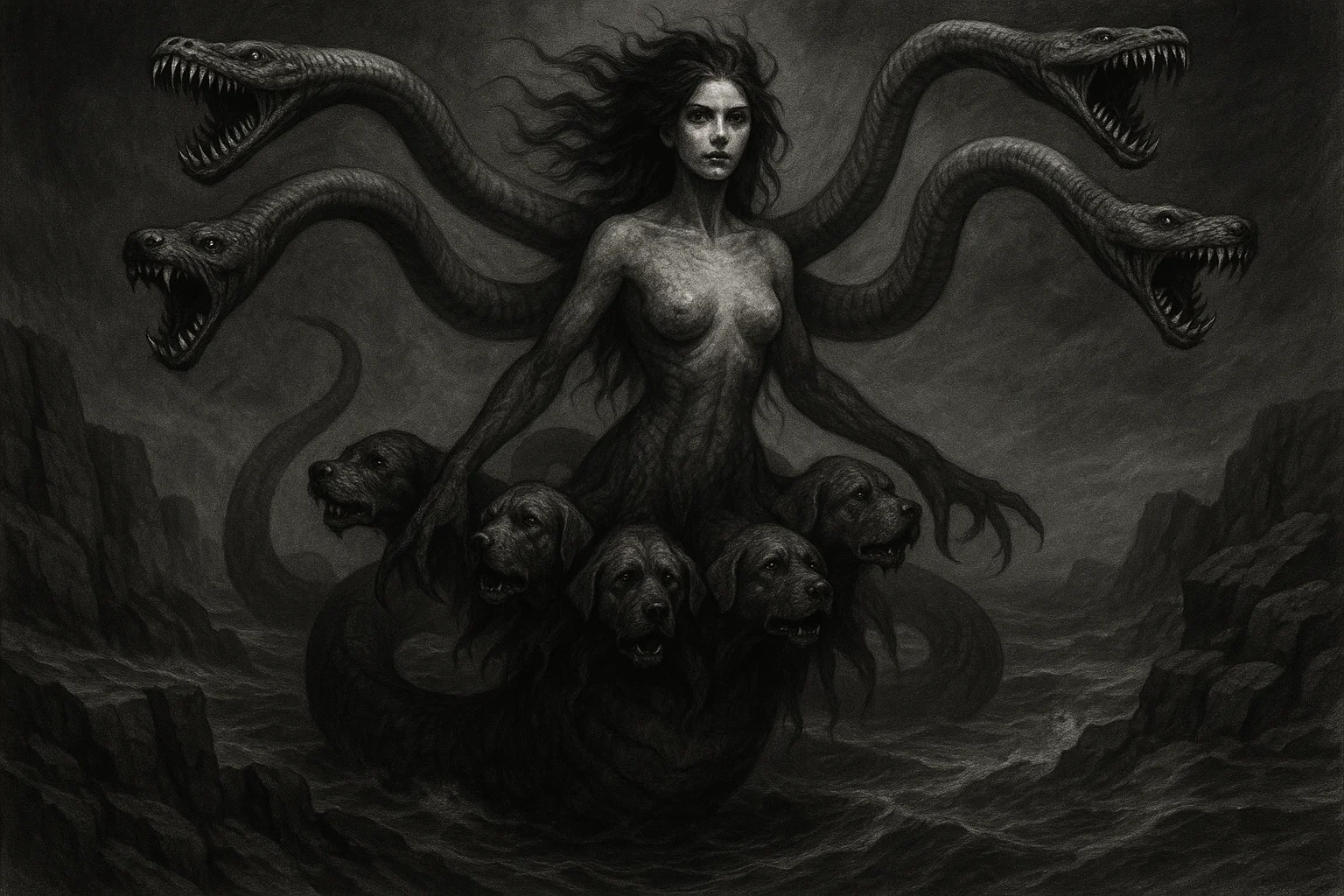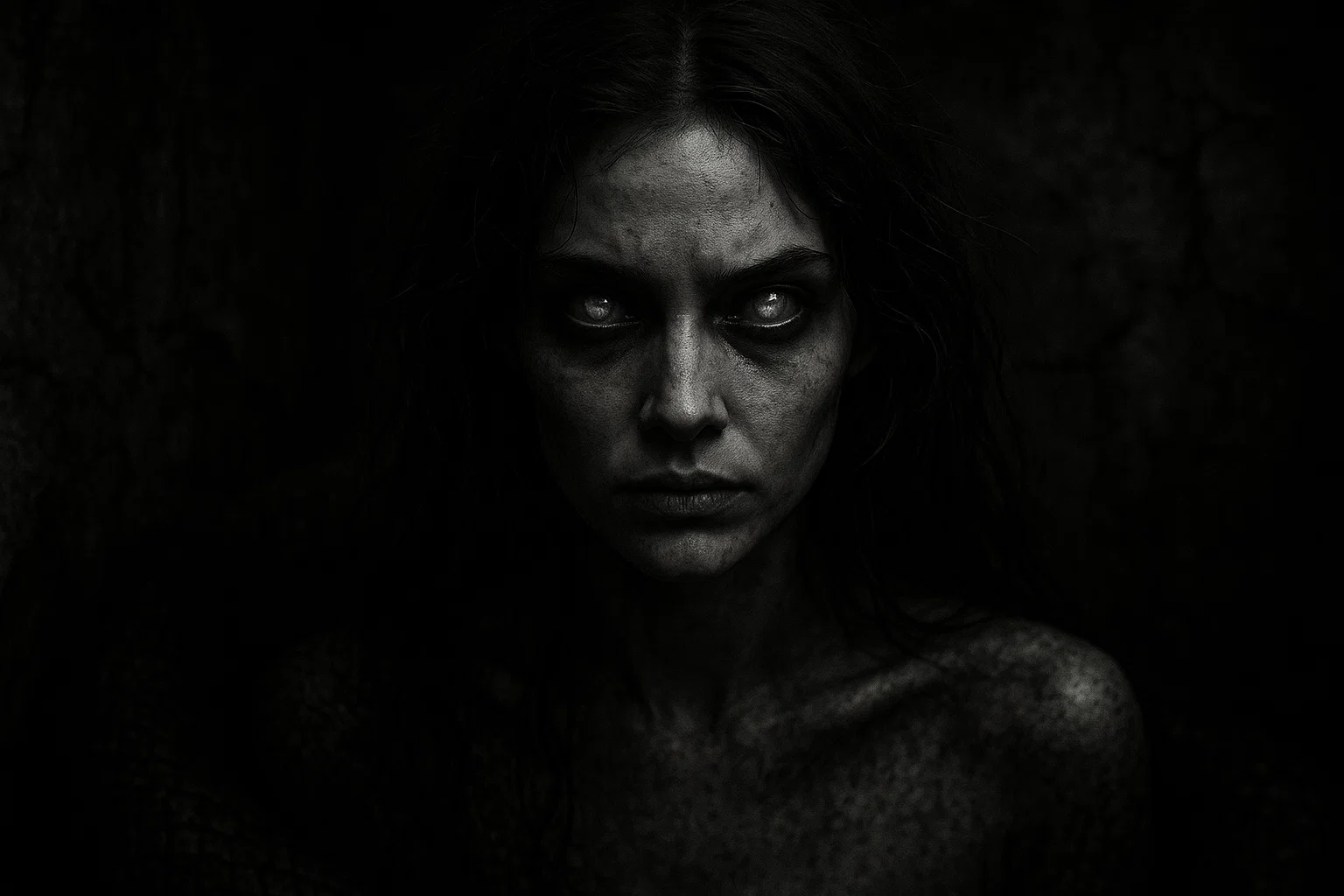Step into the chilling realm of Beelzebub, the notorious demon revered as the Lord of the Flies. Rooted in ancient Philistine worship and elevated to a fearsome prince of Hell in Christian demonology, Beelzebub captivates with his dark legacy.
This article delves deep into his etymology, historical significance, powers, appearance, and enduring influence across mythology and pop culture. Discover his pivotal role in the hierarchy of Hell, his astrological connections, and how he stands among other demons.
Summary
Key Information
The following table encapsulates critical details about Beelzebub:
| Attribute | Details |
|---|---|
| Name | Beelzebub, Beelzebul, Belzebuth, Baal-Zebub, Lord of the Flies |
| Title | Prince of Demons, King of Hell, Lord of the Flies, Prince of Gluttony and Envy |
| Gender | Male |
| Hierarchy | One of the seven princes of Hell, part of the Triumvirate with Satan and Lucifer |
| Servitors | Numerous demons, including Adirael, Akium, and others from the Book of Abramelin |
| Powers | Spreading false gods, inciting war and lust, possession, controlling insects, shape-shifting, sowing discord, casting curses, granting wealth, divination |
| Appearance | Gigantic fly, monstrous being with horns, bat wings, duck feet, lion’s tail, thick black hair, or a withered creature with red/purple skin and ram horns |
| Etymology | From Baal-Zebub, meaning “Lord of Flies,” possibly “Lord of the Heavens” or “Lord of Dung” |
| Associated Figures | Satan, Lucifer, Abezethibou, Jesus (biblical context) |
| Role | Prince of Demons, ruler in Hell, accuser of Jesus in the Bible |
| Symbolism | Flies, decay, filth, gluttony, envy, pestilence, corruption |
| Weaknesses | Not explicitly specified; opposed by divine forces in Christian texts |
| Superior Demon | Varies; sometimes Satan or Lucifer |
| Opposing Angel/Saint | Not specified; opposed by God and angels in Christian context |
| Equipment/Tools | Not specified |
| Pantheon | Abrahamic religions, rooted in Canaanite and Philistine mythology |
Etymology
The name Beelzebub originates from the Hebrew term Baal-Zebub, meaning “Lord of Flies,” a designation rooted in the Philistine deity worshipped in the city of Ekron, as referenced in the Old Testament (II Kings 1:2-3, circa 850 BCE).
Linguistic Roots
The term Baal-Zebub combines two Semitic components. Baal, a common Canaanite word, translates to “lord,” “master,” or “owner” and was used as a title for various deities across ancient Near Eastern cultures, such as Baal Hadad, the storm god.
In the context of Baal-Zebub, it denotes divine authority or rulership. The second part, Zebub, is typically understood to mean “flies,” linking the deity to pestilence, decay, or possibly the prevention of such afflictions, as flies were associated with disease in ancient times.
This interpretation aligns with Beelzebub’s later demonic association with filth and corruption, as seen in his title Lord of the Flies.
Alternative Interpretations
Some scholars propose that Zebub may derive from Zebul, a Hebrew term meaning “prince,” “exalted,” or “dwelling.” This suggests alternative translations like “Lord of the Heavens” or “Lord of the Exalted Dwelling,” implying a celestial or regal connotation.
The Testament of Solomon (1st-5th century CE) supports this by placing Beelzebub in Venus, the Evening Star, hinting at a heavenly association.
You May Also Like: The Pickens County Courthouse Haunting: Is the Face Real?
The shift from Zebul to Zebub may reflect a deliberate linguistic corruption by Israelite scribes to mock the Philistine god, transforming a title of reverence into one of derision.
Derogatory Transformation
In Jewish tradition, Baal-Zebub was altered to Baal-Zebul, meaning “Lord of Dung,” a derogatory epithet that ridiculed the Philistine deity by associating him with filth rather than divinity.
This linguistic jab reflects the cultural and religious tensions between Israelite monotheism and Canaanite polytheism, as seen in the Old Testament’s condemnation of Baal worship.
The Greek form Beelzeboul in the New Testament (Matthew 12:24-27, circa 30-100 CE) further complicates the etymology, possibly emphasizing “house” or “temple” (boul), aligning with Beelzebub’s role as a prince of demons presiding over a demonic domain.
Are Beelzebub and Bael the Same Demon?
The Baal component links Beelzebub to other Canaanite deities demonized in Judeo-Christian traditions, such as Bael, a King in the Ars Goetia who commands 66 legions and is associated with invisibility.
While both Beelzebub and Bael derive from the Baal title, they represent distinct entities in demonology. Beelzebub’s specific association with flies and pestilence, rooted in his Ekronite origins, differentiates him from Bael’s more generalized attributes of lordship and trickery.
This shared etymological root reflects the broader demonization of Canaanite gods, where Baal-named deities were transformed into demons to oppose monotheistic worship.
The evolution of Baal-Zebub into Beelzebub underscores a complex interplay of reverence, mockery, and theological reinterpretation, cementing his status as a formidable figure in the hierarchy of Hell.
Historical and Mythological Background
Beelzebub’s origins trace back to the Philistine city of Ekron, where he was venerated as Baal-Zebub, a deity associated with healing and oracles.
The Old Testament (II Kings 1:2-3, circa 850 BCE) recounts King Ahaziah of Israel seeking Baal-Zebub’s guidance for recovery, prompting divine rebuke through the prophet Elijah. This narrative marks an early clash between Israelite monotheism and Canaanite polytheism, casting Baal-Zebub as a false god.
Biblical Transformation
In the New Testament (circa 30-100 CE), Beelzebub emerges as the “prince of demons.” In Matthew 12:24-27, Mark 3:22, and Luke 11:15-19, the Pharisees accuse Jesus of casting out demons by Beelzebub’s power, equating him with Satan.
This accusation elevates Beelzebub to a central figure in Christian demonology, embodying opposition to divine authority. His role as a demonic leader solidified in early Christian texts, where he became synonymous with evil.
Occult and Medieval Traditions
By the medieval period, Beelzebub was a prominent figure in grimoires. The Testament of Solomon (1st-5th century CE) portrays him as the ruler of all demons, residing in Venus and wielding immense power. He claims to cause demons to be worshipped as gods and to incite war and lust.
The Book of Abramelin (15th century) lists him among eight sub-princes of Hell, attributing to him shape-shifting abilities and authority over lesser demons like Adirael and Akium.
You May Also Like: Maple Hill Cemetery Haunting: Ghost Child Sightings and Eerie Legends
The Grand Grimoire (likely 19th century, attributed to 1521) places Beelzebub in a Triumvirate with Lucifer and Astaroth, cementing his status as a prince of Hell.
The Dictionnaire Infernal (1818) by Collin de Plancy vividly describes him as the Lord of the Flies, emphasizing his insectoid and monstrous forms.
Cultural and Folkloric Legends
Beyond grimoires, Beelzebub appears in folklore as a tempter and deceiver. In medieval Europe, he was linked to witchcraft trials, where accused witches were said to serve him. His association with flies tied him to pestilence, reflecting fears of disease and decay.
In some Christian traditions, he is one of the seven princes of Hell, each representing a deadly sin—Beelzebub embodies gluttony and envy. His mythological evolution reflects a synthesis of Canaanite, Jewish, and Christian narratives, transforming a local deity into a universal symbol of corruption.
Historical Mentions
The table below details key texts mentioning Beelzebub:
| Text/Grimoire | Year | Description | Excerpt |
|---|---|---|---|
| Bible (II Kings) | ~850 BCE | Baal-Zebub as the god of Ekron, consulted for healing | “Go, inquire of Baal-zebub the god of Ekron whether I shall recover of this disease.” |
| Bible (New Testament) | 30-100 CE | Beelzebub as prince of demons, linked to Jesus’ exorcisms | “This fellow doth not cast out devils, but by Beelzebub the prince of the devils.” |
| Testament of Solomon | 1st-5th century CE | Beelzebub as supreme ruler of demons, tied to Venus | “He tells Solomon that he lives in the Evening Star (Venus).” |
| Book of Abramelin | 15th century | Beelzebub as a sub-prince with shape-shifting powers | “Beelzebub has the metamorphoric power to change men into animals and animals into men.” |
| Grand Grimoire | 1521 (likely 19th century) | Beelzebub as a prince in a Triumvirate with Lucifer and Astaroth | “This book mentions three greater demons: Lucifer, emperor; Beelzebub, prince; Astaroth, grand duke.” |
| Dictionnaire Infernal | 1818 | Beelzebub as a flying demon, Lord of the Flies | “Beelzebub as a being capable of flying, known as the ‘Lord of the Flies’.” |
What the Demon Looks Like
Beelzebub’s appearance is as varied as it is terrifying. In the Dictionnaire Infernal (1818), he is depicted as a gigantic fly with a menacing buzz, embodying his title Lord of the Flies.
Other accounts describe a grotesque humanoid with a swollen face and chest, enormous nostrils, sharp horns, bat-like wings, webbed duck feet, a lion’s tail, and thick black hair matted with filth.
You May Also Like: The SS Ourang Medan’s Last Call | Horror Story
Alternatively, some texts portray him as a small, withered creature with red or purple skin, ram-like horns, a forked tongue, and powerful wings that shimmer with an eerie glow.
His ability to shift forms—sometimes appearing as a swarm of flies or a regal figure—enhances his fearsome mystique, making him a versatile and dreadful presence in demonology.
Powers and Abilities
Beelzebub commands a formidable array of powers, setting him apart from lesser demons.
According to the Testament of Solomon, he spreads belief in false gods, inciting humans to worship demons as deities. He stirs war, lust, and chaos, manipulating human desires to sow discord. His possession abilities allow him to inhabit and control individuals, driving them to commit atrocities.
The Book of Abramelin attributes to him the power to transform humans into animals and vice versa, a rare and potent ability. He can cast curses that bring misfortune or disease, often tied to his control over insects, particularly flies, which he summons to spread pestilence and decay.
Additionally, Beelzebub grants wealth and influence to those who summon him, though at a steep cost, as seen in the Grand Grimoire. His divinatory powers enable him to reveal hidden truths or predict outcomes, making him a sought-after entity in occult rituals.
Unlike generic demonic traits like deception, Beelzebub’s insect mastery, shape-shifting, and war-inciting abilities mark him as uniquely destructive, embodying both physical and spiritual corruption.
Role in the Hierarchy of Hell
Beelzebub holds a paramount position in the hierarchy of Hell, often ranked among the seven princes of Hell alongside Lucifer, Satan, Leviathan, Mammon, Belial, and Asmodeus.
In Christian demonology, he represents gluttony and envy, sins that reflect his role as a tempter who exploits human weaknesses. The Grand Grimoire places him in a Triumvirate with Lucifer (emperor) and Astaroth (grand duke), suggesting he wields near-supreme authority.
The Book of Abramelin lists him as one of eight sub-princes under the four princes of Hell (Lucifer, Satan, Leviathan, Belial), overseeing legions of lesser demons like Adirael, Akium, and others. His command over countless servitors underscores his influence, as he directs demonic forces to enact his will on Earth and in Hell.
In some traditions, Beelzebub is considered second only to Satan or even his equal, particularly in narratives where he leads the rebellion against divine order.
His role as the prince of demons in the New Testament reinforces his status as a central figure in Hell’s governance, often depicted as a strategist who orchestrates large-scale corruption and opposition to divine forces.
Astrological Associations and Symbolism
Beelzebub’s astrological ties are profound, with the Testament of Solomon stating he resides in Venus, the Evening Star, symbolizing beauty corrupted by excess.
This connection aligns with his association with gluttony and envy, as Venus governs desire and indulgence. Flies, his primary symbol, represent decay, pestilence, and filth, reflecting his role as a harbinger of corruption. His link to gluttony symbolizes insatiable hunger, while envy underscores his desire to usurp divine authority.
You May Also Like: What Is a Qalupalik? Alleged Sightings, Reports, Encounters, and More
Elementally, Beelzebub is tied to air due to his flight and insect mastery, but also to earth through decay and filth. His sigil and rituals often incorporate imagery of flies, rotting matter, or dark skies, evoking a sense of pervasive dread.
In occult traditions, he is invoked during rituals under Venus’s influence, particularly at dusk, to amplify his power. His symbolism extends to chaos and rebellion, as he challenges divine order, making him a potent emblem of moral and physical degradation.
Sigil
Beelzebub’s sigil is a complex glyph used in occult rituals to summon or communicate with him. Found in grimoires like the Grand Grimoire and Book of Abramelin, it typically features swirling lines and angular shapes, often resembling a stylized fly or insect wings.
The sigil may incorporate circles, crosses, or jagged patterns, symbolizing his dominion over flies and chaos. In ritual practice, it is drawn on parchment or engraved on talismans, often accompanied by offerings of decaying matter to appease him.
Its use is considered highly dangerous, as summoning Beelzebub risks unleashing his malevolent powers. The sigil serves as a focal point for channeling his energy, binding his influence to the summoner’s intent, though it demands precise execution to avoid disastrous consequences.
Media and Pop Culture
Beelzebub’s influence permeates literature, film, and other media, cementing his status as a cultural icon of evil.
In Dante Alighieri’s Inferno (1320), he is the devil, trapped in the icy depths of Hell’s ninth circle, a monstrous embodiment of betrayal. John Milton’s Paradise Lost (1667) portrays him as a fallen angel, second to Satan, with a commanding presence in Hell’s council.
John Bunyan’s Pilgrim’s Progress (1678) names him the prince of devils, a tempter of pilgrims. William Golding’s Lord of the Flies (1954) uses Beelzebub symbolically, with the pig’s head on a stick representing human savagery and moral decay.
In film, Beelzebub appears in The Exorcist (1973), where his name is invoked during demonic possession scenes, amplifying the horror. The TV series Supernatural (2005-2020) features Beelzebub as a high-ranking demon, while American Horror Story: Apocalypse (2018) references him in its occult narrative.
Video games like Castlevania and Devil May Cry depict Beelzebub as a fly-like boss, emphasizing his insectoid form. In music, bands like Deicide and Behemoth reference him in lyrics, tying him to themes of rebellion and darkness. These appearances highlight Beelzebub’s versatility as a symbol of evil across genres.
Comparison to Other Demons
The table below compares Beelzebub with other prominent demons:
| Demon Name | Rank | Primary Powers | Appearance | Associated Symbols |
|---|---|---|---|---|
| Beelzebub | Prince/King | Spreading false gods, controlling insects, shape-shifting | Gigantic fly or monstrous being | Flies, decay |
| Astaroth | Great Duke | Reveals secrets, procures favor | Angelic or rides a dragon | Dragon, serpent |
| Bael | King | Invisibility, rules 66 legions | Cat, toad, man, or combinations | Crown, scepter |
| Paimon | King | Teaches arts and sciences | Man with woman’s face, on a camel | Camel, crown |
| Asmodeus | King | Incites lust, gambling | Three-headed man | Fire, sword |
| Lucifer | Archangel/Fallen | Pride, enlightenment, rebellion | Beautiful angel or dragon | Light, morning star |
| Satan | Adversary | Temptation, accusation | Human or goat-like | Serpent, goat |
| Mammon | Ambassador | Greed, wealth | Not specified | Coins, treasure |
| Belial | King | Deceit, lawlessness | Beautiful angel | Darkness, chaos |
| Leviathan | Sea Monster | Pride, envy, wrath | Sea serpent or dragon | Water, abyss |
Conclusion
Beelzebub’s journey from a Philistine deity to a prince of Hell encapsulates centuries of religious, cultural, and literary evolution. His etymology reveals a complex interplay of reverence and mockery, while his historical mentions span ancient texts to modern grimoires.
His powers, from shape-shifting to insect control, and his high rank in Hell’s hierarchy underscore his fearsome reputation. In pop culture, Beelzebub remains a potent symbol of evil, from literature to film.
Whether viewed as a god, demon, or metaphor, Beelzebub continues to haunt the imagination, embodying the dark allure of the supernatural.

